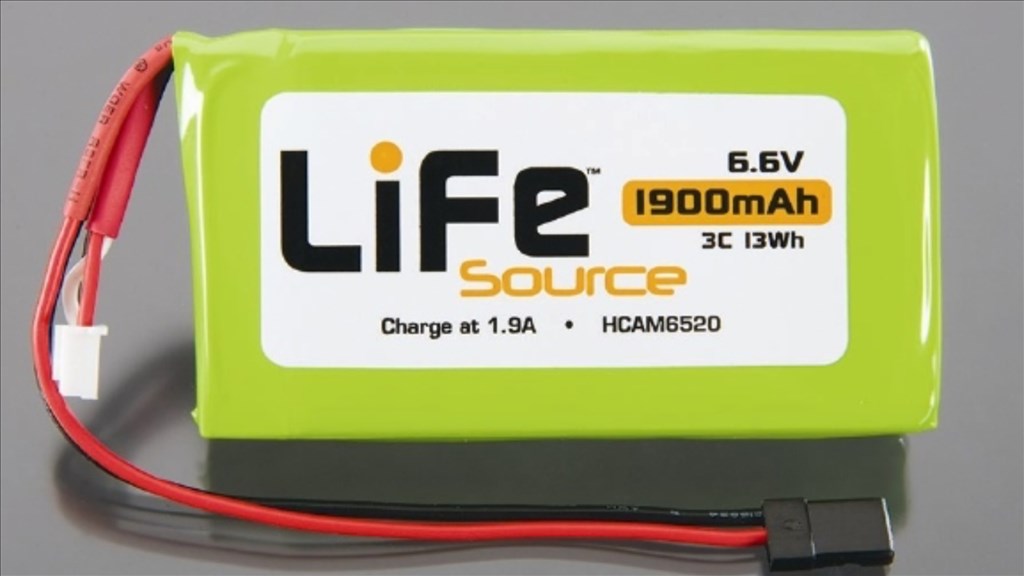While discussing ways to dock and charge a robot in a thread @Doombot created, it got me thinking about different types of battery that can be used with the EZ-B with multiple servos and sensors ect connected. To me, having a battery that can be recharged while still connected to an EZ-B which is still powered on is quite an important issue when it comes to docking.
I'm no expert by any means when it comes to different battery types (and there are many), so I wanted to get some ideas on what would be a good battery to use with an autonomous docking robot. From the other discussion, I found out that SLA (lead acid) batteries are a good option for this set up as they don't discharge then recharge during a charging cycle, but they are a bit big and bulky depending on the robot size/design, where as using a lithium polymer (LiPo) battery would be "a very bad idea" as the charging cycle actually discharges the battery before recharging the cells and could cause a nasty bang.
So I'm wondering what the deal is with nickel-metal hydride (NiMH) batteries and another type of battery I discovered, a Lithium iron phosphate (LiFe) battery, in being able to recharge safely while a device, such as an EZ-B, is still powered on. Can this be done with these kinds of batteries? I'm aware that some of this may be down to the charger itself with the amount of current it delivers while recharging a battery, but in this instance a robot would go in to a "Low power mode" releasing servos, turning off lights ect, so the only power used would be to keep the EZ-B ticking over and maybe a monitoring sensor or two.
One last thing, going back to the LiFe batteries. Has anybody used these before, specifically with an EZ-B? From what I have read they seem to be somewhat better than LiPo's in that they last longer, they are safer to recharge, about the same size, longer overall battery life (more charging cycles), they still pack a punch (current delivery), and they are apparently greener (and I'm not talking about the casing in the picture, lol). From what I have seen, they come in 3.2, 6.4, 9.6, 12.8, 16, and 25.6 volt with varying mAh choices. Would a 6.4v LiFe be a suitable or better replacement for a 7.4 LiPo battery in regards to powering servos on a revolution robot or similar?
I'll leave it there and hope you guys can give some feed back to this subject. I've posted a couple of links below about LiFe batteries incase anyone isn't familiar with them.
Thanks.
Steve.


@Steve... I use 6V nimh batteries for most of my robot projects and they work great with servos... I also use a 6V SLA in my inMoov, again no issues... I wouldn't use 9.6v if you're using servos... The 6.4v will be fine providing it can provide the current you need...
@Richard.
Cool, thanks bud. I believe the LiFe batteries do pack a punch so delivery of amps shouldn't be an issue. I susspected 9.6 would be too much.
@Steve G yeah I would stick with the 6.6V LiFe since when it's fully charged will be around 7.4V anyway. 9.9V would be too much for the servos.
@Jeremie.
Thanks for confirming. I'm still in the fence at the moment, but if I purchase a LiFe battery to try in an EZ-B project I'll post a quick review.
One thing you'll want to pay attention to is the "C" discharge rating for NiMH, NiCd or LiFe batteries. Our batteries are rated for 25C. You'll likely need a battery that can do 10C or greater to meet the instant demands of the servos for a full robot. I haven't played around with too many other battery technologies with our full robot kits but I know that NiMH 'AA' 2000mAh batteries have a hard time with more than 4 or 5 HD servos. I don't know their 'C' rating but I bet it's pretty small.
That's interesting. I'll keep that in mind. Thanks again Jemerie.
I'm Hoping someone can give me a little advice. A friend of mine gave me a almost new 7.2v 4600 mAh Ni-Mh battery and charger this evening which I want to use with a v4, and I have a couple of questions.
Can a Ni-Mh battery be under volted to a point where it could be damaged (like a LiPo) or shorten its overall life span, and if so, what is the lowest voltage point it should stop being used to be recharged?
Do Ni-Mh batteries discharge the same way as a LiPo in regards to where the low voltage warning on the EZ-B can be used?
Any ideas on where I can find "C" discharges rates as Jeremie mentioned for Ni-Mh's? If had a look on the net but can't find much info in regards to this. For example, what would be the "C" discharge rate for this battery as it's identical to what I have.
The reason I'm asking is I'm looking to set up a basic docking station and want to write a script so when the battery gets too low, the robot docks and charges while the EZ-B is still on in a low power state. Obviously I know about the LiPo side of things, but I'm a little unsure about Ni-Mh's but want to use this so I can keep the EZ-B on in a low power mode while recharging.
NiMH's do not have the undervolt issue. You can probably set the low voltage level lower, though you will need to experiment with how low you can go and still move the bot and not brownout the EZ-B.
Don't know about the C rating. That was new to me as well.
Alan